Situation I think a picture is a better explanation:
As you can see, we have several branches, most of them solution-xyz-foo for varying numbers xyz. solution-12 builds on solution-11 and so on. There also are some deviations from this rule, e.g. the branch hystrix-dashboard-demo.
Motivation
The code in the branches is used by course participants in a classroom style course. As such, participants solve the exercises and, at the end of the course, end up with code similar to what we provided in the solution-24 branch.
In case a participants gets outpaced or faces some other issue, he can easily checkout the corresponding branch and continue with the rest of the exercises.
Furthermore it is possible to look at the solutions of each exercise, which are provided as a single commit.
In other words, for the course participants the branches/solutions building on top of each other serve a big advantage which we would like to keep (this builds on feedback of multiple courses held so far).
As a developer of the course (preparing the exercises and solutions, presenting the content to the participants etc.) we need to update parts of the code from time to time. For example it could be the case that we want to fix an issue in solution-3. In order to make this fix visible in solution-4 etc., we need to either merge/rebase/cherry-pick the commit containing the fix. In order to avoid a huge mess, we decided to squash all updates of each solution into a single commit, and then re-build the somewhat linear structure shown in the picture using a few rebases.
Issue As you might have guessed, doing the rebases is a lot of work. Even with a helper script (that re-attaches the branches to the commits after a rebase, but needs to be maintained in case of new/changed branch names) we still need to do the rebase, fix conflicts, re-attach the branches, and push the changes back into the repository (using a force push).
In addition to the actual work involved, this is something only team members with lots of git experience are confident to do. In other words, those that are not as confident complain about the procedure (which I clearly understand).
As a side note, we lose the obvious advantage of git: there is no change history (and old versions are lost). Furthermore, developers need to collaborate and communicate changes to the code.
Question Can you recommend ANY tag/branch/rebase/... workflow that solves the following issues?
- course participants can easily checkout an up-to-date solution for the exercise they are currently working on (EDIT: Currently, doing this with the mouse in Eclipse is the preferred way)
- solutions for each exercise are provided in a convenient way (i.e. a single commit)
- developers can easily integrate fixes and updates to individual solutions so that also the later solutions building on it are updated accordingly
- [optional] the change history is retained
As a note, you may assume that the code does not change while a course is in progress (so no git remote update is necessary on the participants' computers).
